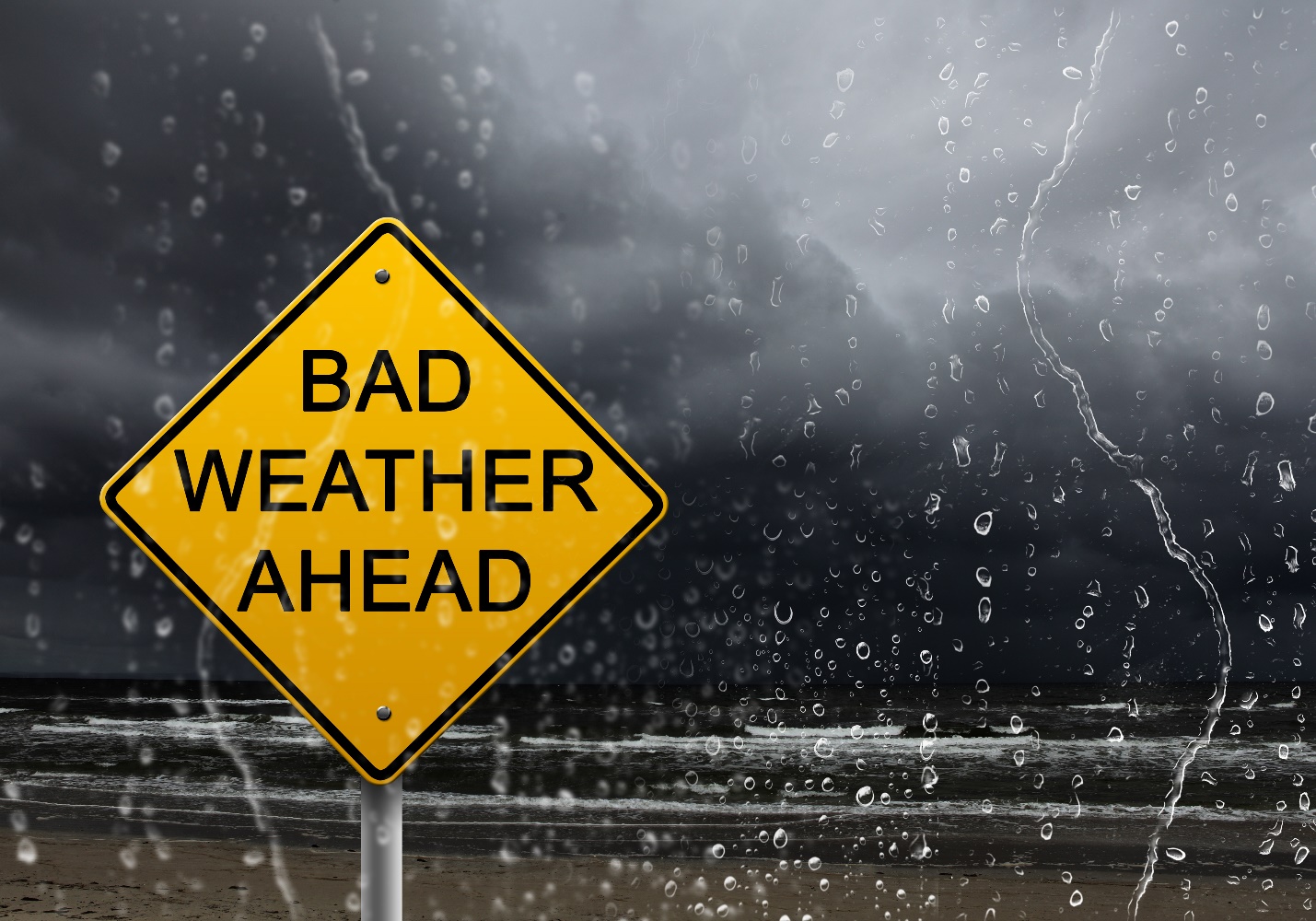Dial-Up and Beyond: Internet Options for the Rural User


When it comes to accessing the Web from a remote location, people tend to think in terms of limits instead of in terms of options. While it’s true that rural users are often too far from a local loop to qualify for cable or DSL, there are actually multiple other ways to sign online from a rural residence. In this guide we examine the options, from dial-up to mobile broadband, and outline a popular provider for each.
Depending on their location, rural users should have access to one or more of the Internet options listed below. The table summarizes each service’s approximate data throughputs (higher is better), latency (lower is better), availability (as a percentage of all Americans), and monthly cost (excluding installation and other fees). The summaries following the table provide detailed information about each option.
| Downlink | Uplink | Latency | Availability | Cost | |
| Dial-up | 56 Kbps | 33.6 Kbps | 100-220 ms | 100% | $7-$25/month |
| ISDN | 128 Kbps | 128 Kbps | 100-220 ms | 100% | $30-$60/month |
| T1 | 1.54 Mbps | 1.54 Mbps | 0-10 ms | 100% | $210-$1500/month |
| Satellite | 786 Kbps-5 Mbps | 256 Kbps | 500-1000 ms | 100% | $50-$130/month |
| 3G | 500 Kbps-3.5 Mbps | 200 Kbps-1.8 Mbps | 75-100 ms | 99% | $120-250/month |
| 4G LTE | 5-12 Mbps | 2-5 Mbps | 75-100 ms | 98% | $120-$350/month |
Dial-up

The home Internet standard of the nineties is still the most widely available option in rural areas. Because dial-up connects to the Internet via the user’s telephone line, it is available to anyone with a home phone. Dial-up’s universal availability and low cost (less than $20 per month) are the two advantages of this classic connection.
Dial-up’s performance, however, is not great. A dial-up connection (which, at its fastest, downloads at a rate of 56 Kbps and uploads at a rate of 33.6 Kbps) is 450 times slower than the slowest broadband connection, as defined by the FCC. A dial-up connection is really only practical for sending and receiving emails. Even downloading an email attachment can send dial-up for a loop.
Dial-up works. It doesn’t work great, it doesn’t even work well, but it works. For someone without access to another network, or for someone who uses the Internet strictly for email, it is an easy and economical option. Most major Internet service providers (ISPs) offer a dial-up plan. Here’s the ISP you probably remember from the nineties (it’s still going strong in the dial-up market):
AOL Advantage Premium ($14.95/month): This AOL plan includes security measures – like computer, virus, and identity theft protection – as well as live support.
Integrated Service Digital Network (ISDN)

Like traditional dial-up, ISDN uses telephone lines to transmit data from one point to another. Unlike traditional dial-up, ISDN uses digital lines and transmits data relatively quickly: 128 Kbps both up and down on a bonded line. That’s more than twice the download speed of dial-up. The result is a connection that can reliably transmit video and audio as well as text.
Reliable is the key word with ISDN. Because it is a more reliable connection than mobile broadband in some locations, remote contributors, correspondents, and broadcasters have used ISDN to link back to their radio or television stations since the 1980s. ISDN also frees the user to use multiple telephone line functions (fax, speak on the phone, and use the internet) at the same time.
The major disadvantage of ISDN is that, while it is as widely available as dial-up and faster, it is still 200 times slower than the slowest broadband connection, as defined by the FCC. For a dial-up subscriber who wants to dial it up a notch, or for someone who uses the Internet for basic functions like browsing and email, ISDN is a sensible and inexpensive option.
MultiPro Network Residential ISDN Service ($59.95/month for unlimited access): MultiPro is one of the few ISDN providers to market its service to residential customers.
T1 Line

Bell Labs introduced the T1 Internet standard way back in the 1960s. Although, with symmetrical data throughputs of just 1.44 Mbps, the fiber-optic technology is starting to show its age, it is still popular in some circles because it has the lowest latency (0-10 ms) and most consistent speeds of any Internet service.
T1 runs along a fiber optic line with technology designed to accommodate a high volume of devices (it can be split into up to 24 channels). Because the line is dedicated, multiple users do not share bandwidth. This means its data throughputs are unaffected by the number of users or devices online at any given time.
In urban markets, Ethernet over copper (EoC) has eclipsed T1 as a faster, cheaper, and more adaptable dedicated line alternative. Because EoC dominates in the cities, T1 providers have turned their attention to the countryside. Many ISPs market T1 as a rural Internet solution and are more than willing to run fiber optic lines to remote locations (for a price per mile, of course). Here’s one:
TelcoSolutions T1 Internet Services ($209+/month): This seller offers free quotes and provider referrals to residential users interested in T1.
Satellite

For rural users, satellite Internet is as widely available as dial-up or ISDN. All a customer needs to qualify is a clear view of the southern sky. With realistic download throughputs ranging from 786 Kbps to 5 Mbps and average upload throughputs around 256 Kbps, satellite is, theoretically, up to 90 times faster than dial-up. That’s (finally) fast enough to stream music and videos without hiccup.
The disadvantage of satellite is that its ridiculously high latency (500-1000 ms) puts a damper on those zippy speeds. Video streaming and, in particular, online gaming can be laggy to the point of being unplayable. Because data packets must travel 24,000 miles between earth and space when transmitted by satellite, high latency is unavoidable.
Despite the latency issue, satellite is the most widely available way to access today’s media-rich World Wide Web. Because of that, there is a huge and competitive market for residential satellite Internet. Here’s a plan from satellite Internet’s biggest player:
HughesNet Prime Plus ($59.99/month): This plan offers 10 GB of anytime data at advertised maximum speeds of 10 Mbps uplink, 1 Mbps downlink (these speeds are not guaranteed and somewhat unrealistic).
3G Mobile Broadband
In the early 2000s, the third generation of mobile broadband, 3G, ushered in a golden age of affordable, unlimited data. Back then demand was comparatively low, supply was high, and 3G (as the first mobile broadband option with throughputs high enough to support media streaming) was as good as it got.
Mobile broadband speeds vary dramatically with coverage. In the United States, the average downlink speeds of 3G networks range from 500 Kbps to 3.5 Mbps and the average uplink speeds range from 200 Kbps to 1.8 Mbps [1]. While 3G is the most widely available type of mobile broadband network, there are still many locations that experience substandard data throughputs or cannot access the network at all due to inadequate coverage.
Gigabyte for gigabyte, 3G is mobile broadband’s best value. Unlike satellite, and unlike later mobile broadband generations, 3G plans may still include unlimited bandwidth. Even when they do not, they tend to be less expensive than 4G LTE. Check out this one:
EVDO Depot USA 3G Stream 30 GB Plan Anytime ($139.00/month): This seller sources mobile broadband for Ev-Do modems from multiple providers.
4G LTE Mobile Broadband

Long Term Evolution (LTE) processing transmits data more efficiently than earlier generations of mobile broadband. This translates into throughputs of up to 12 Mbps downlink and 5 Mbps uplink (24 times faster than 3G). Those are fast enough to do pretty much anything online, from stream high definition video to play real-time online games.
While LTE is universally available in urban centers, LTE covers less ground in the country. Verizon’s 4G LTE network has the best coverage – 98% of Americans – followed by AT&T – 93% of Americans – followed by Sprint – 80% of Americans. There are, however, plenty of rural areas that aren’t covered by any of the three major carriers.
The advantage of LTE is clear: a fast, reliable connection that supports high definition content. The disadvantage of LTE is the high cost of limited data. As data consumption trends upwards dramatically, carriers reconcile high data use with the fixed cost of transporting a data unit across the network by charging customers per unit. But don’t discount LTE just because of its lack of discounts. This plan is very reasonable:
Verizon LTE Internet (Installed) Plan ($120 for 30 GB): Designed for customers using a wireless router to broadcast mobile broadband in their homes, this plan on America’s most extensive LTE network is an excellent value.





